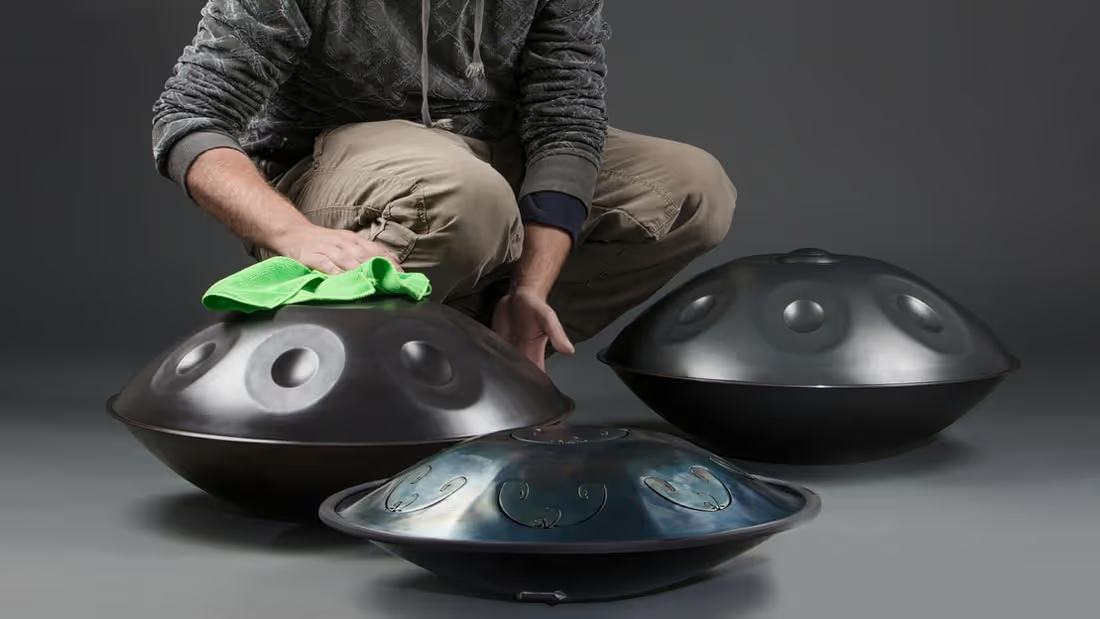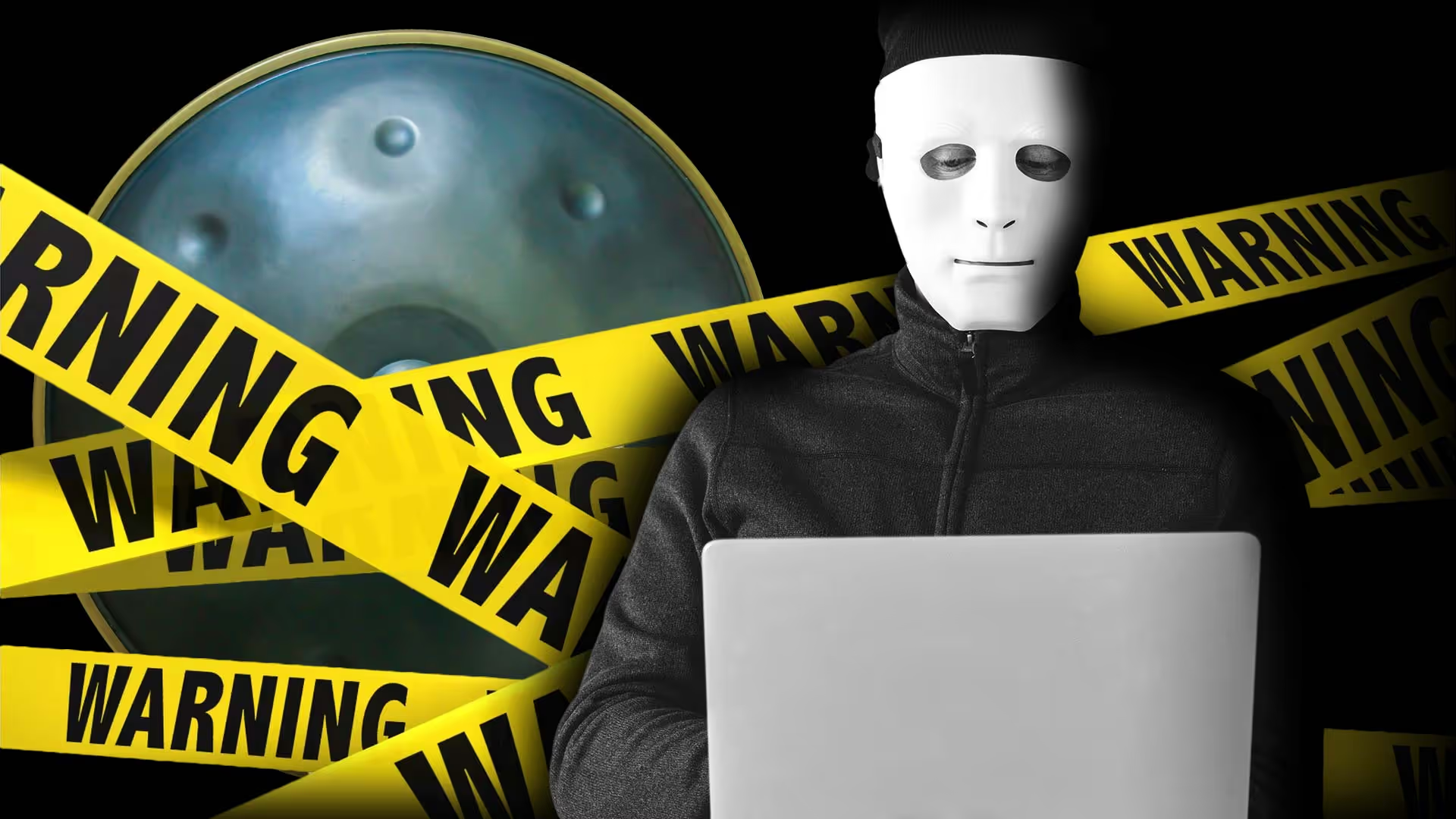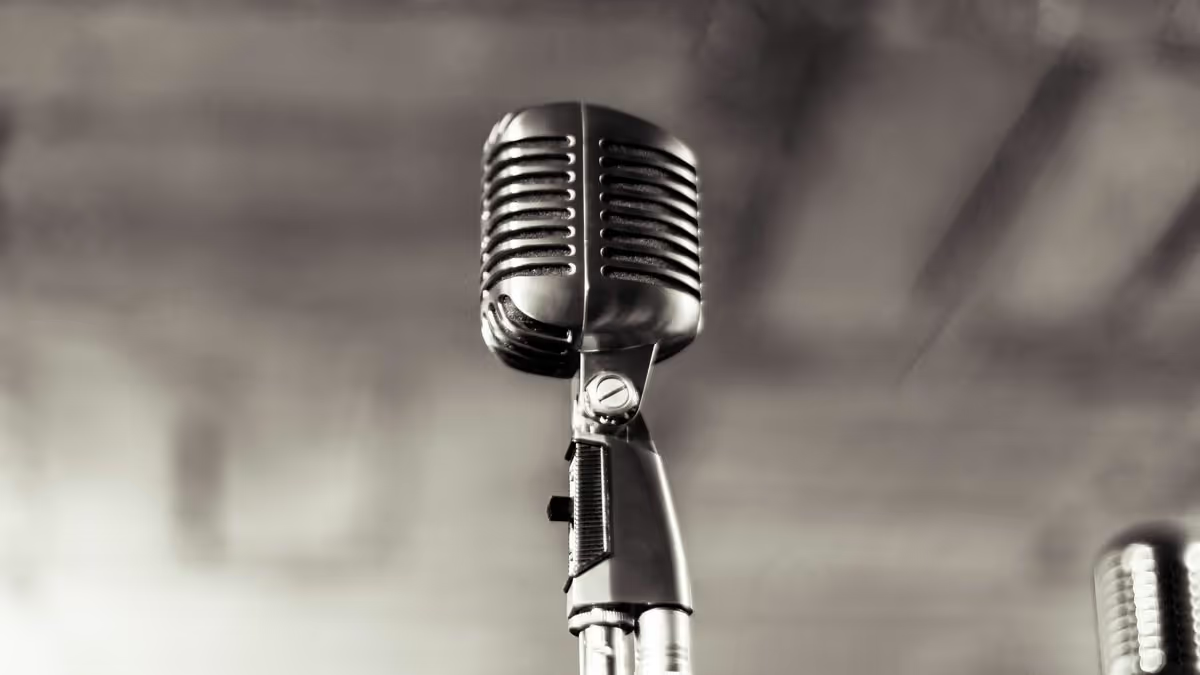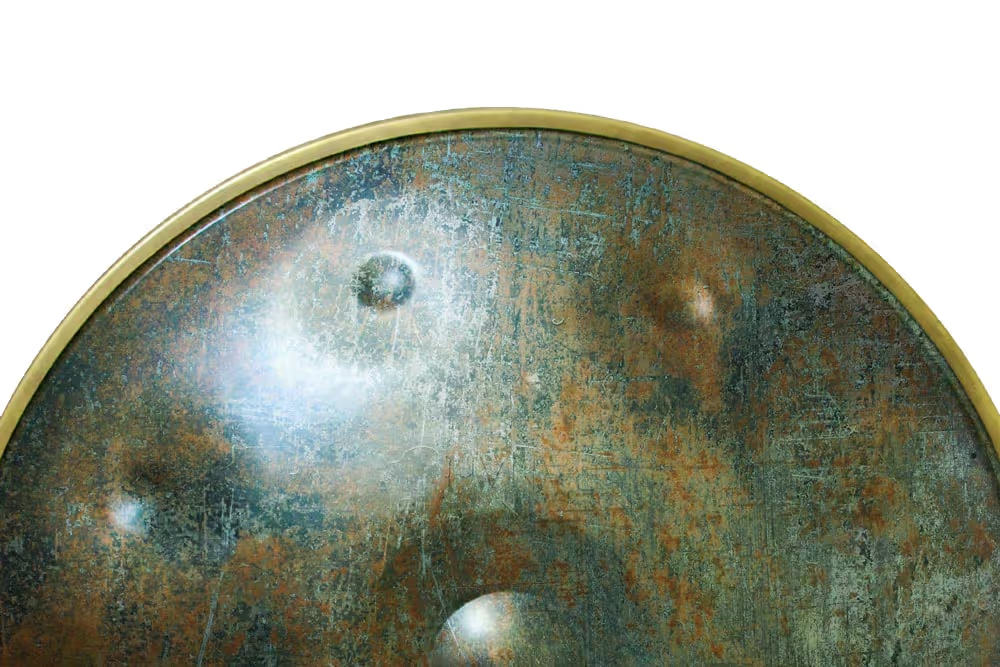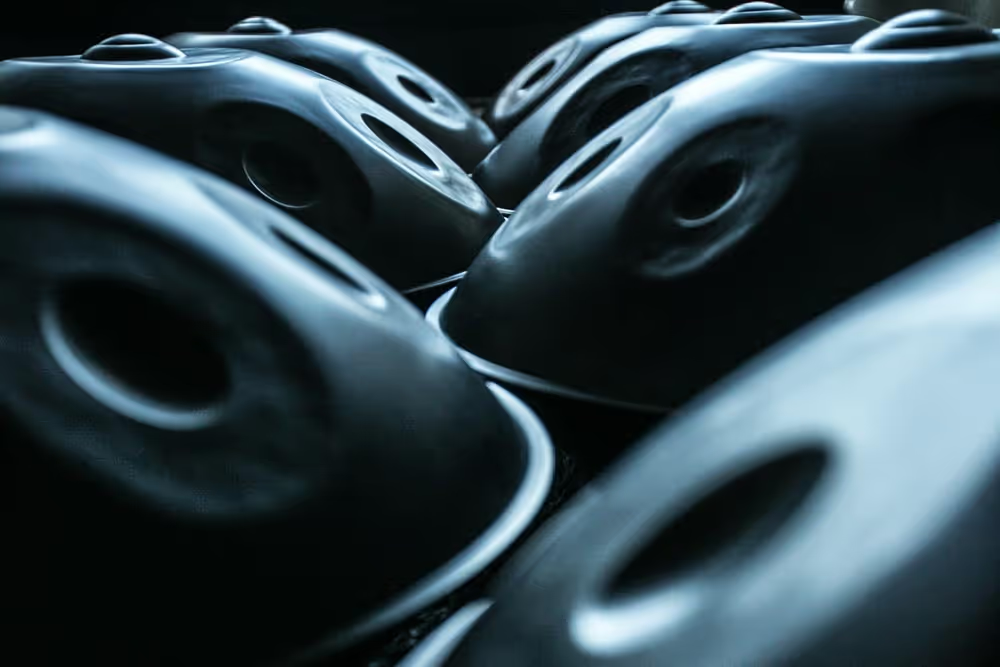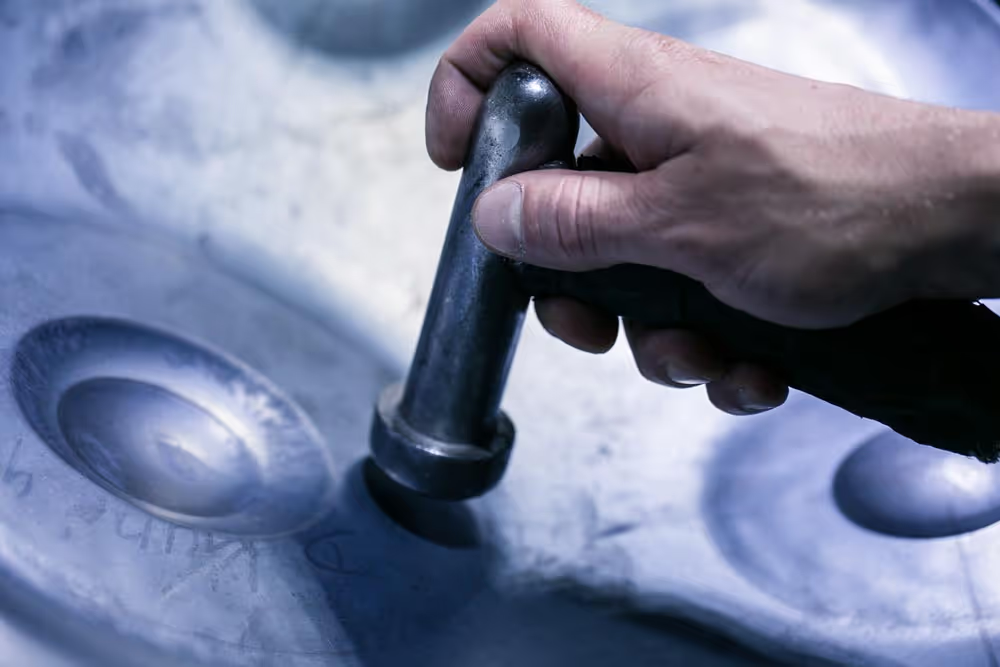It’s settled - you’ve decided that you want to get into looping! You’re hyped and ready to go, but you may be full of questions: Where do I start? How can I get set up on a small budget? What gear should I choose? What exactly do I need? Have I forgotten anything?
David: Jeremy Nattagh got us all psyched up for this new musical adventure with his 10 Reasons to Get Into Looping. In this post, he is going to tell us the 6 things we need to start looping and loving it. Good news: there’s something for everyone and every budget.
Over to you, Jeremy - point us to the equipment you would recommend for getting into looping.
Jeremy: Thanks David, and hi everyone! Follow me, and you’ll be fine - I will show you what you need to get looping 😉 and I will explain the features of each piece of equipment.
1. One instrument: the sky’s the limit!
Grab a handpan, a flute, a percussion instrument, a jaw harp, a keyboard, or use your voice.
Even if you only play one instrument, you can start layering simple patterns and melodies. You will be amazed at how fast your music grows and develops.
2. One microphone is enough
Whether you have a basic vocal microphone, a contact mic or a nice condenser for your handpan recordings, you can start with any one of these and get great results, especially if you know how to use them properly and make the most of their features.
You can also check out the following review by David Charrier and Alexandre Chaigne, though note that it was primarily written with recording and live playing in mind.
But first, here is a shortlist of quality microphones, organized by type and price range.
Dynamic microphones
These are less sensitive to feedback and suitable for any instrument and voice, though they have to be quite close to the sound source. I would recommend these if you loop with loudspeakers.

💰 Price Range: 80€-200€
- AKG D5S - The most affordable and best value for money you can find. I would recommend the « S » model as it has an on/off switch, which is useful when looping.
- Sennheiser 835S - Both affordable and good quality, and can be used for any source - a great compromise.
- Shure SM57LC or 58S - These are two similar sounding microphones. The quality is decent and they can be used for pretty much any source but the sound usually requires some treatment to make it clear and precise.
- Shure Beta 58A - A more focused and precise microphone with more brightness than its predecessors. It’s a matter of taste.
💰💰 Price Range: 200€-400€
- Beyerdynamic M88TG - A step up. It’s precise and suits any instrument or voice - it’s one of my favorites.
- Sennheiser MD421-II - Very good for percussion instruments though it can work for any source. The disadvantages are its size and attachment clip.
💰💰💰 Price Range: 400-800€
- Sennheiser MD441 U - The best all-in-one microphone for live looping I’ve heard. It works well with handpans, and it’s precise and silky for any instrument. It’s expensive and quite big but it’s suitable for any use, including high-quality studio recording.
Condenser microphones
This is a sensitive type of microphone, and can be harsh on percussions, but it renders the full spectrum of the handpan. It is very sensitive to feedback, but can be used if you loop with headphones.

💰 Price Range: 80-200€
- AKG P170 - A very affordable and good quality mic from a great brand.
- Rode M3 - A good budget solution to start with, and can work with a battery or phantom power.
- Rode MP5 MP - These are only sold as a pair, but it could be a good opportunity to purchase a decent pair of condenser microphones to use for live looping (using one) or good quality handpan recordings (using two).
- Audio Technica ATM450 - A step up - the quality is excellent for any use.
- Lewitt LCT 240 Pro - This mic has a large membrane for a warmer sound - a good choice if you want to record vocals.
💰💰 Price Range: 200-400€
- Lewitt LCT 440 - This mic has a pure, large membrane for a warm and precise sound. It’s good for vocals, acoustic guitar and handpan.
- AKG C535 EB: This model has sadly been discontinued, but if you can find a second hand one, it’s a very good microphone for handpan, vocals or any acoustic instrument.
- Okatava MK012 - A classic for handpan recordings, using one or a pair. In my opinion, it lacks a bit of precision, which makes it « warm » for handpans.
💰💰💰 Price Range: 400€-800€
- Neumann KM 184 - A classic microphone with a clear and present sound. It’s wonderful for studio recording, live shows and looping. There is just a tad of brightness boost in the design.
- AKG C414 XLII - A state of the art microphone for all acoustic instruments and vocals. It has a large membrane, for a deeper sound.
⭐In my live looping masterclass, I use the following microphones :
3. A microphone stand is essential
The heading says it all! While you can sing and beatbox with a microphone in your hand, you don’t want to be holding your microphone while playing the handpan or any other handheld instrument, especially if you have to trigger and manipulate the loop station.

I would recommend using a standard size microphone stand because of the array of possibilities it affords, even though I like using smaller mic stands when I’m playing sitting down for a more comfortable environment and a better visual experience.
K&M, Hercules and Gravity mic stands are good picks. Choosing a mic stand with a boom arm will allow for better positioning and placement options.
⭐ In my live looping masterclass I use some K&M stands.
4. Cables: quality matters!
Unless you have the latest expensive Bluetooth microphone (that I neither know of or own), you will need cables. One will go from your microphone to your looper input (usually XLR connectors). One cable (for mono sound) or two cables (for stereo sound) will go between your loop station and your computer or zoom recorder if you would want to keep track of your compositions.

Owning good quality cables will prevent the intrusion of unwanted noises and intermittent sound problems. In my experience, more than 50% of issues experienced in the recording studio or on stage can be resolved by changing a defective cable!
Both for XLR cables (microphone cables) and instrument cables, I recommend Cordial and Sommer brands to ensure good connections.
⭐ In my live looping masterclass I use Cordial’s instrument cables and XLR microphone cables.
5. Headphones: an item for everyday use
If you want to get into nice beats and grooves with your loop station, you will want to hear the beats on your click track clearly in order to play as precisely as possible. You will also be able to get a better sense for the textures of your instruments when you are in a looping session.

Quality headphones can once again make a huge difference. They are also a great investment for mixing and keeping up with your music while travelling.
💰 Price Range: 80€-400€
- AKG K 361 - A good inexpensive option for a real studio pair that will allow you to work like a pro with your loop station and video recordings.
- Beyerdynamic DT770 Pro - A comfortable (and large!) pair, with a round and precise sound, allowing you to work for long periods of time without experiencing aural fatigue.
- Bose QC 35 II - Not too big, with a classy design. They are my go-to these days for listening to music on tours, stage monitoring and for use in the studio. Designed as noise-cancelling headphones for travelling, I found that they were dynamic and precise enough to be used while I’m looping, mixing or recording. They aren’t perfectly transparent, but give a rendering that is very close to the way your mixes will sound on any device
- Beyerdynamic DT 1770 Pro - A big leap into the professional world of sound. Great for any use - these are state of the art.
Headphones are not exactly discreet accessories and some can look large on your head if you are shooting a video or are on stage. You might find this embarrassing.The Bose QC35 II are the smallest high-quality headphones I have found and I feel it’s ok to wear headphones when doing looping.
You could use “in-ear” monitors if you don’t want people to see your headphones. They fit directly in your ear and the cable can be hidden behind your back. You can try with your own in-ear multimedia or hi-fi headphones at first. Just bear in mind you will need to spend quite a lot to get a really good sound from “in-ear” systems, as they are very small and can sometimes deliver ‘thin’ sound, lacking some frequencies or dynamics, which is not ideal for live looping, as it requires immediate operations and decisions.
⭐ In my live looping masterclass I use the Beyerdynamic DT770 Pro.
And, well, ...
6. Yes, you will need a loop station!
You won’t need a big or expensive one to get started. It all depends on your budget, how much time you want to spend using it, and how many features you want. From a single pedal to a pedalboard with multiple switches, there is a range of loop stations available for every use.

I would only recommend getting one with an XLR microphone input so that you can always plug in an acoustic source without needing another piece of equipment.
💰 Price Range: 130€-200€
- Digitech JamMan Stereo - For a low-cost introduction to the world of looping. Its features are limited as it doesn’t allow for independent tracks within one song, which means you loop all the layers on one channel. There is also no phantom power for condenser microphones. One advantage is that you can switch from one song to the other without interruption, allowing you to build compositions with different parts easily.
- Boss RC30 - For a more serious first step into live looping, try this 2 track loop station, featuring a powered microphone input, instrument inputs and even an input for an Iphone or computer. It has 2 independent channels, 2 pedals for various operations, a tempo guide with different drum and click sounds, and some effects to start modifying your sounds and having fun. It’s not perfect but it would already be great for widening your horizons (check out my examples on Youtube).
💰💰 Price Range: 200-400€
- Boss RC202 - A well-thought-out loop station that takes you a level higher, with really cool built-in effects and multiple audio and data connections. It is designed for hands, but you can add a Boss FS6 foot switch if needed, or launch your loops with your left hand, as I sometimes do.
- Electro Harmonix 22500 - This acclaimed loop station boasts a powered mic input, every input and output you’ll ever need, 2 independent tracks, a lot of features and 2 FX per track. It’s designed for feet but can be triggered manually too.
💰💰💰 Price Range: over 400€
- Boss RC-300 - This model is designed for feet, featuring 3 independent tracks each with dedicated foot switches, and built-in effects with a dedicated expression pedal. It’s a very good and user-friendly loop station that could serve you for a long time.
- Boss RC-505 - This is one of the most powerful loop stations, but also one of the easiest to use as each track has dedicated buttons. It is designed for hands (though an FS6 foot switch can be added for both hand- and foot-work), and features 5 independent tracks with dedicated volume faders, and very cool and tweakable effects. The 505 has sophisticated options but can also be used simply.
⭐ In my live looping masterclass I use these models:
Note: If you already have a mixer, you could choose a cheaper loop station with no microphone input. The following models have good reviews and users feedbacks. However, pay attention to the number of independent tracks, depending on what you’re aiming for.
- Boss RC3
- Tc Electronic Ditto X2 or X4
- Pigtronix Infinity Looper 2
You can find all this equipment at the online shop, Thomann.
Bonus: Here’s my latest home studio setup
Here’s what I am currently performing with :
- a Boss RC505, with its Boss FS6 footswitch
- a Sennheiser MD441 (HQ dynamic microphone) - very suitable for handpan and all other instruments
- a Behringer X1204 USB mixer for refining my sound sources
- Fx pedal Strymon Bigsky Reverb
- Fx pedal Strymon Volante Delay
- Fx pedal Boss OC3 Octaver
- Bose QC35 II headphones, I find their sound good and they aren’t too big.
Regarding instruments, I am using handpans, jaw harps, percussion instruments (a kind of derbuka and a Roland HPD10), and a unique synthesizer called a ContinuuMini from Haken.
I hope this blog post has helped you feel more confident in your purchases.
Don’t forget:
- Take stock of your hopes and musical ambitions.
- Determine your budget.
- Start small, knowing that things will evolve and that you’ll be able to add to your setup later and up the quality over time.
- Good equipment is easily sold second hand, so you can’t go wrong.
- Try things and make the most of what you get.
David: Thank you Jeremy for this valuable advice - your massive experience shows.
Dear readers, don’t forget that in addition to these great insights, Jeremy has released a Masterclass entirely dedicated to live looping. It’s all happening on MasterTheHandpan!
Follow Jeremy on:
Disclaimer : All links redirecting to Thomann website are affiliate links.







